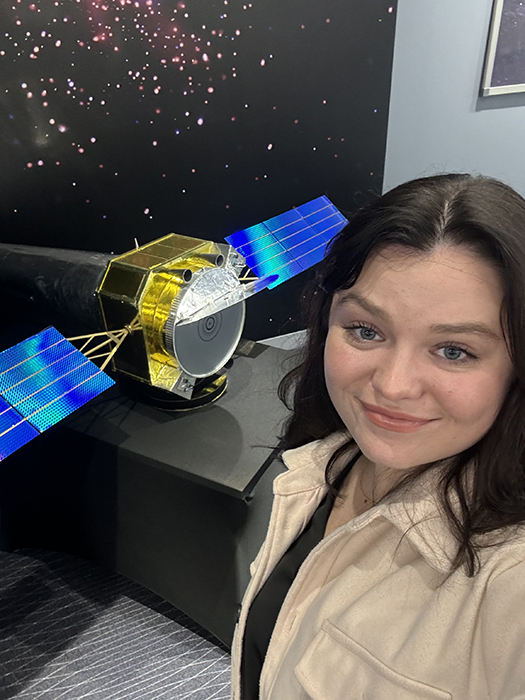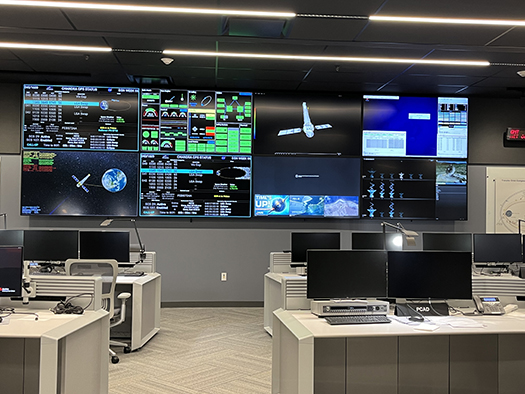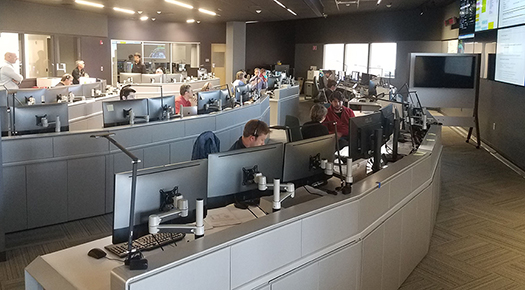A Birthday Letter to Chandra on its 25th
Our guest blogger this week is Jessica Jacyno. Jacyno is an engineering student at Brown University from Sweetwater, Tennessee. She is passionate about the interplay between international policy and science.
As an engineering student, I am taught to take advantage of the laws of physics to accomplish humanity’s goals. Before that though I am a student of the cosmos, intent on staring up at the night sky to unravel the secrets of our origins. Until taking classes on astrophysics at university, my focus had always been on the results, not the tools used to achieve such results. Telescopes always seemed like complex black boxes that were out of my paygrade to understand. After all, if they were producing discoveries why did I care how they were found?
However, learning about these means of discovery is akin to learning about the history of the past to inform our present. Not only is the technology deeply intriguing (and not as unfathomable as you would think), but there is much to be learned from the way in which complex problems like space visualization are approached and solved. These approaches and solutions should serve to inform every type of problem solving across disciplines that requires critical thinking.
So how could I resist when I was afforded the opportunity to visit mission control in Burlington, Mass., and learn from one of the leaders of NASA space telescope technology, the Chandra X-ray Observatory.
Chandra is the combination of some of the best that humanity has to offer in technology, science, teamwork, and diligence. It is one of the most powerful tools we have to collect X-ray data from the farthest reaches of the galaxy. Data that elucidates the secrets of everything from the birth of our universe to the mystery of dark energy to the hypnotic pull of black holes. It is a tool for everyone who has ever wondered about our beginnings—and it really is for everyone. The data is freely available and accessible to anyone.
When knowledge is power, Chandra works hard to distribute that power. Something Chandra has done for 25 years. With no physical contact with the satellite since it was deployed from the Space Shuttle in July 1999, the team at mission control relies on three times a day in which communication with the satellite is possible. During these uplinks everything has to happen. From checks on the satellite’s wellness to mission instructions to anomaly patches, this is grind-time. During more serious anomalies this can involve communication between all the engineering teams. With all this cross-talk, clarity of conveyance is of paramount importance. At mission control I was able to witness the dynamic atmosphere and the way in which an extremely complex system is distilled into parts and tackled effectively and efficiently.
So yes, to answer my earlier quandary, the “how” is as important if not more so than the “why”. As an engineer I want to solve problems, but good engineering, good problem solving, does not always mean mission success. It can mean exploring avenues that lead to dead ends but provide valuable insights. It can mean diligence and dedication even when your 100th iteration fails. It means taking inspiration from seemingly disparate sources.
Chandra exemplifies what can be accomplished when sheer determination and dedication wins. It represents the undying energy of hope and curiosity that defines the United States’ scientific industry. As a young adult entering the “real-world” of a career, I look to institutions like Chandra as emblems of what truly great problem solving can accomplish. Chandra also reminds us how important it is to solve these problems with all citizens in mind. With an ever-evolving space industry, Chandra’s 25 years of innovation serve as an example and history that we should carry with us into the next 25 years and beyond.
Please note this is a moderated blog. No pornography, spam, profanity or discriminatory remarks are allowed. No personal attacks are allowed. Users should stay on topic to keep it relevant for the readers.
Read the privacy statement



